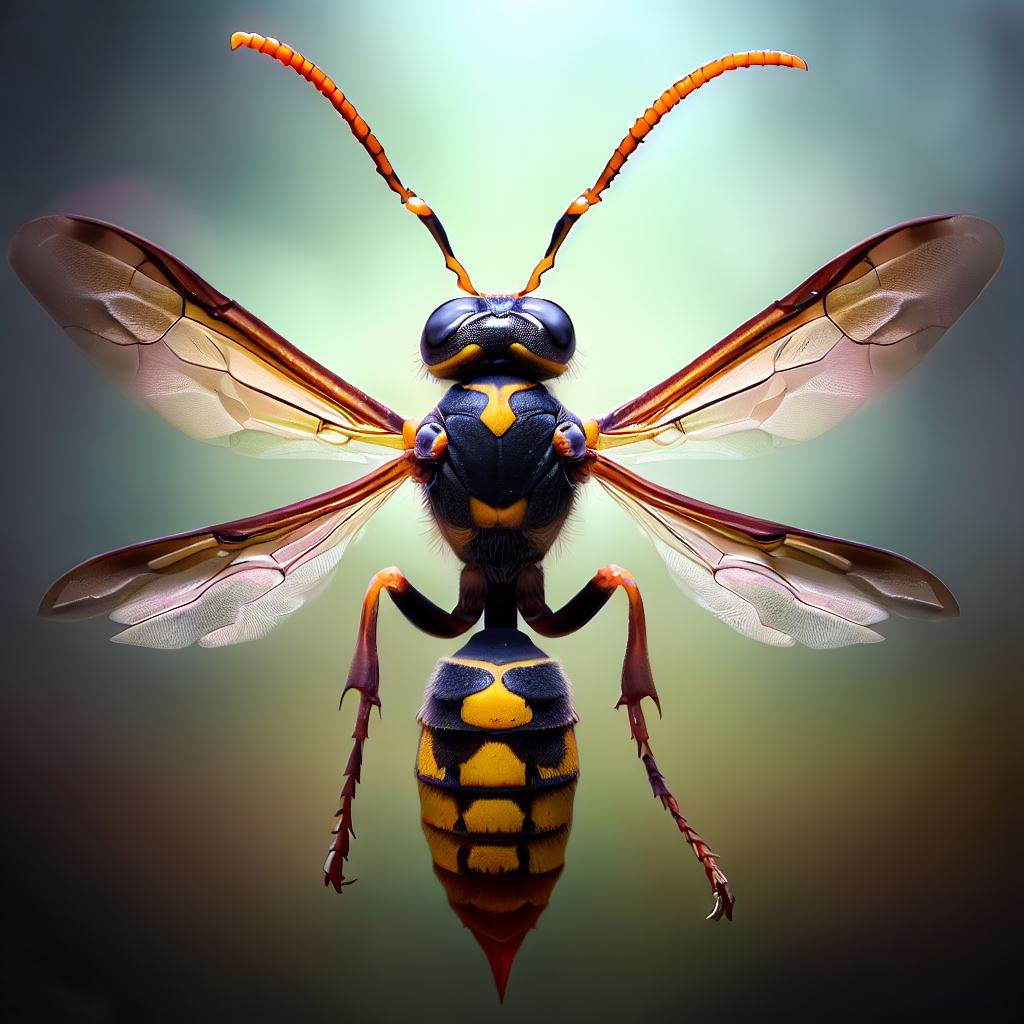
ECO-FRIENDLY PEST CONTROL INC.
Sun - Thur: 8AM - 8PM

Sun - Thur: 8AM - 8PM

Wasps are fascinating insects that belong to the family Hymenoptera, which also includes ants, bees, and hornets. There are over 30,000 known species of wasps, with varying colors, sizes, and habits. Wasps are known for their ability to sting and defend themselves, which makes them both feared and respected by humans. In this article, we will discuss the life and habits of wasps in detail.
Life Cycle of Wasps: The life cycle of wasps starts with a fertilized queen laying eggs in the spring. These eggs hatch into larvae, which are fed by the queen until they pupate. The pupae then develop into adult wasps, which emerge from the nest in the summer. The adult wasps mate, and the fertilized females become new queens that hibernate over the winter, while the males die.
Anatomy: Wasps have slender bodies with a distinct waist, two pairs of wings, and a stinger at the end of their abdomen. They come in various colors, including yellow, black, and metallic shades.
Types of Wasps: There are thousands of species of wasps, but the most common types include yellow jackets, paper wasps, hornets, and solitary wasps. Each species has its own unique characteristics and behaviors.
Wasps Habits
Wasps are known for their distinctive habits and behaviors, which vary depending on the species. Here are some common habits of wasps:
In conclusion, wasps are fascinating insects that play an important role in the ecosystem as predators of other insects. They are social insects that live in colonies, and build their nests using various materials. Wasps are carnivorous and feed on other insects, spiders, and nectar. While wasps can be beneficial to the environment, some species can be aggressive and pose a threat to humans. Understanding the habits of wasps can help people coexist with them more safely. It is important to respect their space and avoid disturbing their nests to minimize the risk of being stung.